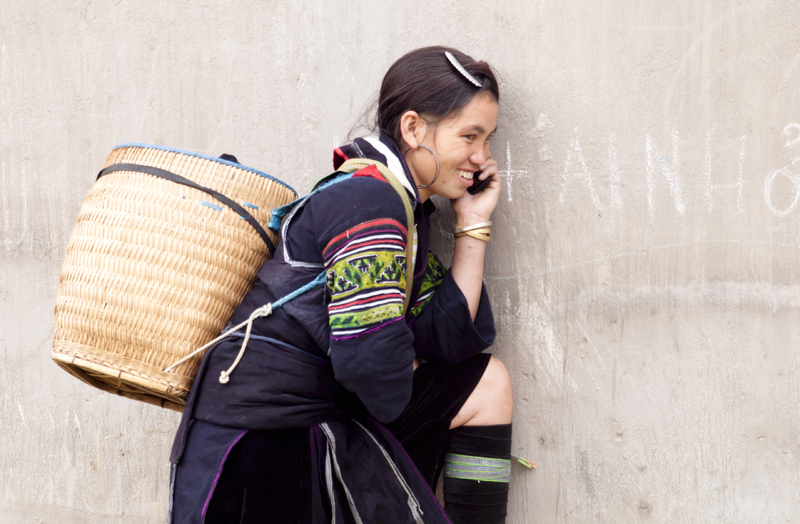
Cellphones Boost Health Across Globe

Still think cellphones are bad for your health? In the poorest regions of the world they have the potential of saving millions of lives, a fact that far outweighs the miniscule, if any, risk of developing brain cancer.
In Honduras, for example, researchers at the University of Michigan Medical School are using cellphones to help diabetes patients maintain their diet, exercise and medication regime. As reported in the upcoming June issue of the American Journal of Preventive Medicine, the doctors saw immediate and significant improvements in blood-sugar levels resulting from weekly phone calls concerning their diabetes program.
These are patients in rural areas who otherwise would have a difficult time visiting a health clinic. Yet despite their poverty, the majority of the population in this region owns or has access to a cellphone.
In fact, there are over 4 billion cellphone subscriptions, representing more than 60 percent of the global population, according to the United Nations. As such, health experts increasingly are turning to these handheld gadgets to reach long-neglected impoverished populations.
Cellphones particularly are useful in contacting people living in regions with poor infrastructure, where roads, traditional telephone lines, Internet and television are all but nonexistent.
Doctor's calling
The Honduras study, for all its merit, is not entirely novel. The field of cellphone health intervention has exploded in recent years, with not even a thought given to any potential harm from cellphone radiation.
Sign up for the Live Science daily newsletter now
Get the world’s most fascinating discoveries delivered straight to your inbox.
Interventions can be categorized broadly as health education, data collection and monitoring, or adherence, as was the case of the Honduras diabetes program.
Throughout sub-Saharan Africa, for example, health-care workers now can use cellphones to reach mothers to check on their health status, and that of their children. Among the more recent studies, as reported in the January 2011 issue of the journal Trials, researchers were able to effectively monitor HIV-positive mothers in South Africa with cellphones to help prevent the transmission of the virus to their children.
In Kenya, HIV and AIDS patients who received routine text messages about medications had significantly improved adherence to their drugs and consequently had better rates of viral suppression compared with the study control group. This was reported in November 2010 in the journal The Lancet.
Elsewhere in Africa and Asia, health researchers are using text messaging and phone calls to educate the public on safe sex and health and nutrition in general.
Calling home
What's good for the developing world is also good for America. Duke University has begun a two-year clinical trial called Cell Phone Intervention in Young Adults, or CITY. The study will use cellphones almost exclusively to deliver weight-loss information to a racially diverse group of young men and women.
The fact that young adults are constantly using cellphones has not escaped health experts. Doctors targeted sexually active young men in Philadelphia with cellphone calls and messages about safe sex and HIV-prevention; and this led to increased monogamy by study's end, as reported in the April 2011 issue of the Journal of Telemedicine and Telecare.
The name of that journal — Telemedicine and Telecare — should tell you how the health community views cell phones. There's no Journal of Cellphone Cancer. Four billion cellphone subscriptions, and no blip in the brain cancer rate. Monitoring cancer patients with cellphones will be an inevitable irony.
Christopher Wanjek is the author of the books "Bad Medicine" and "Food At Work." His column, Bad Medicine, appears regularly on LiveScience.

Christopher Wanjek is a Live Science contributor and a health and science writer. He is the author of three science books: Spacefarers (2020), Food at Work (2005) and Bad Medicine (2003). His "Food at Work" book and project, concerning workers' health, safety and productivity, was commissioned by the U.N.'s International Labor Organization. For Live Science, Christopher covers public health, nutrition and biology, and he has written extensively for The Washington Post and Sky & Telescope among others, as well as for the NASA Goddard Space Flight Center, where he was a senior writer. Christopher holds a Master of Health degree from Harvard School of Public Health and a degree in journalism from Temple University.










